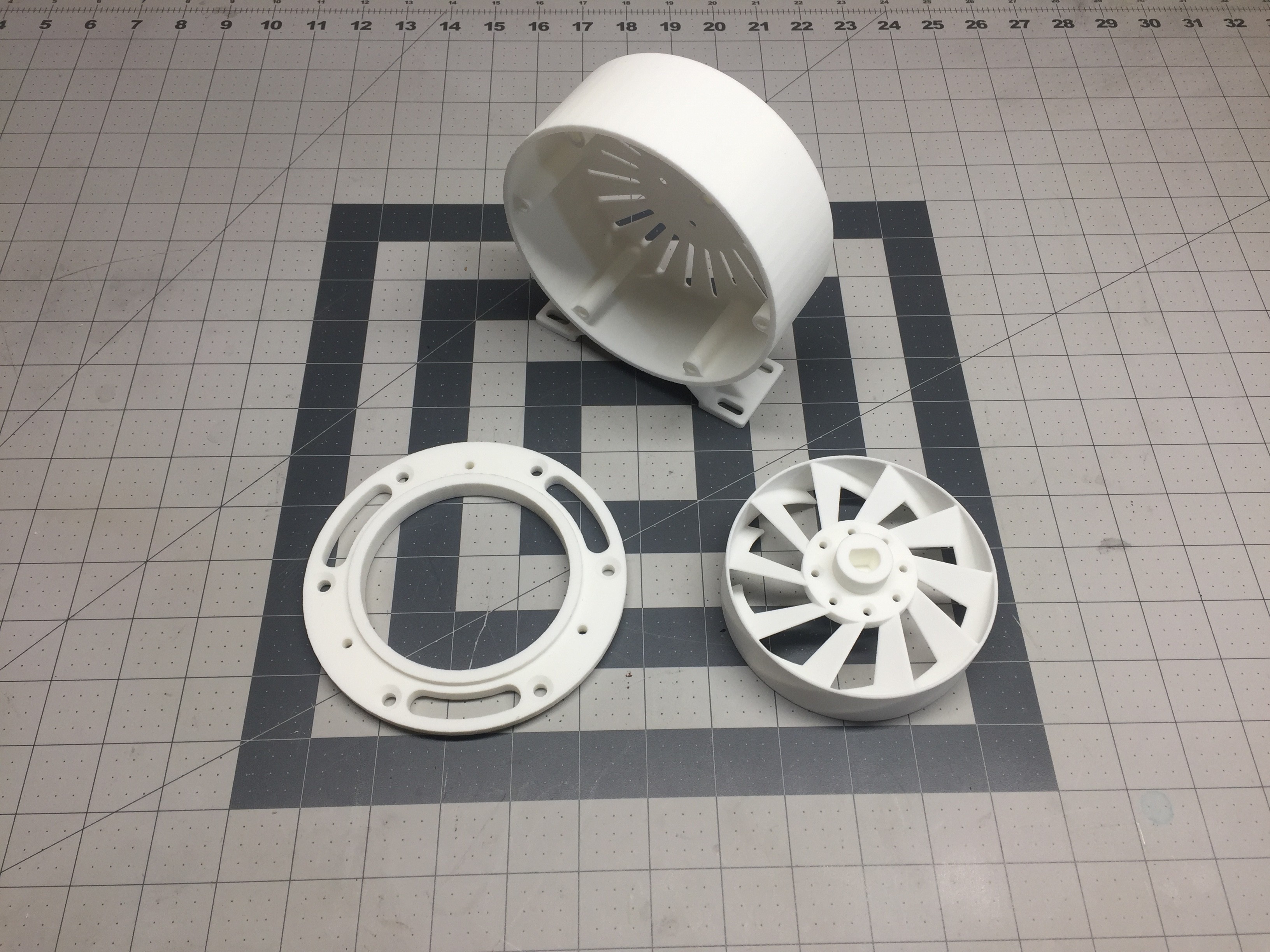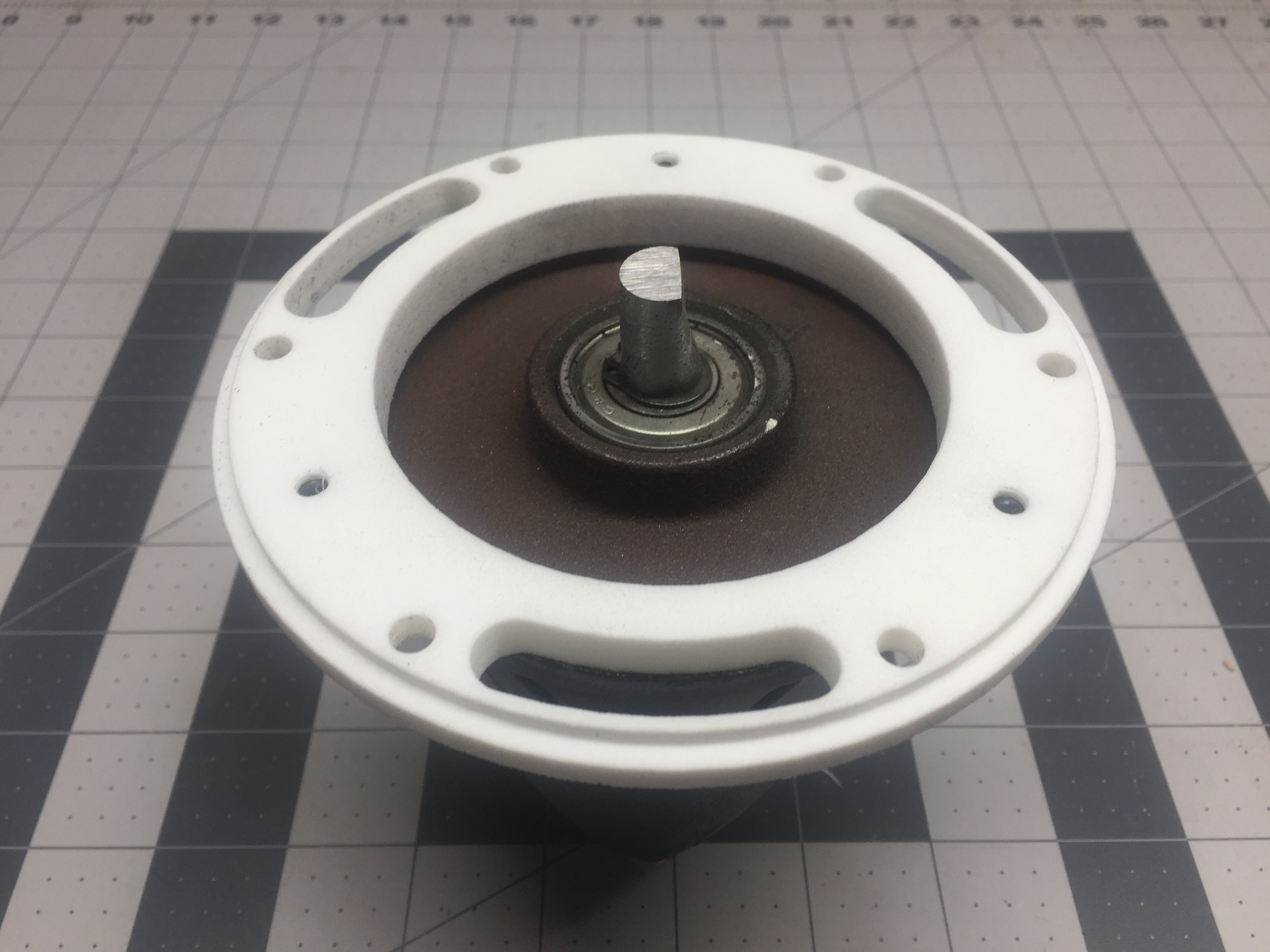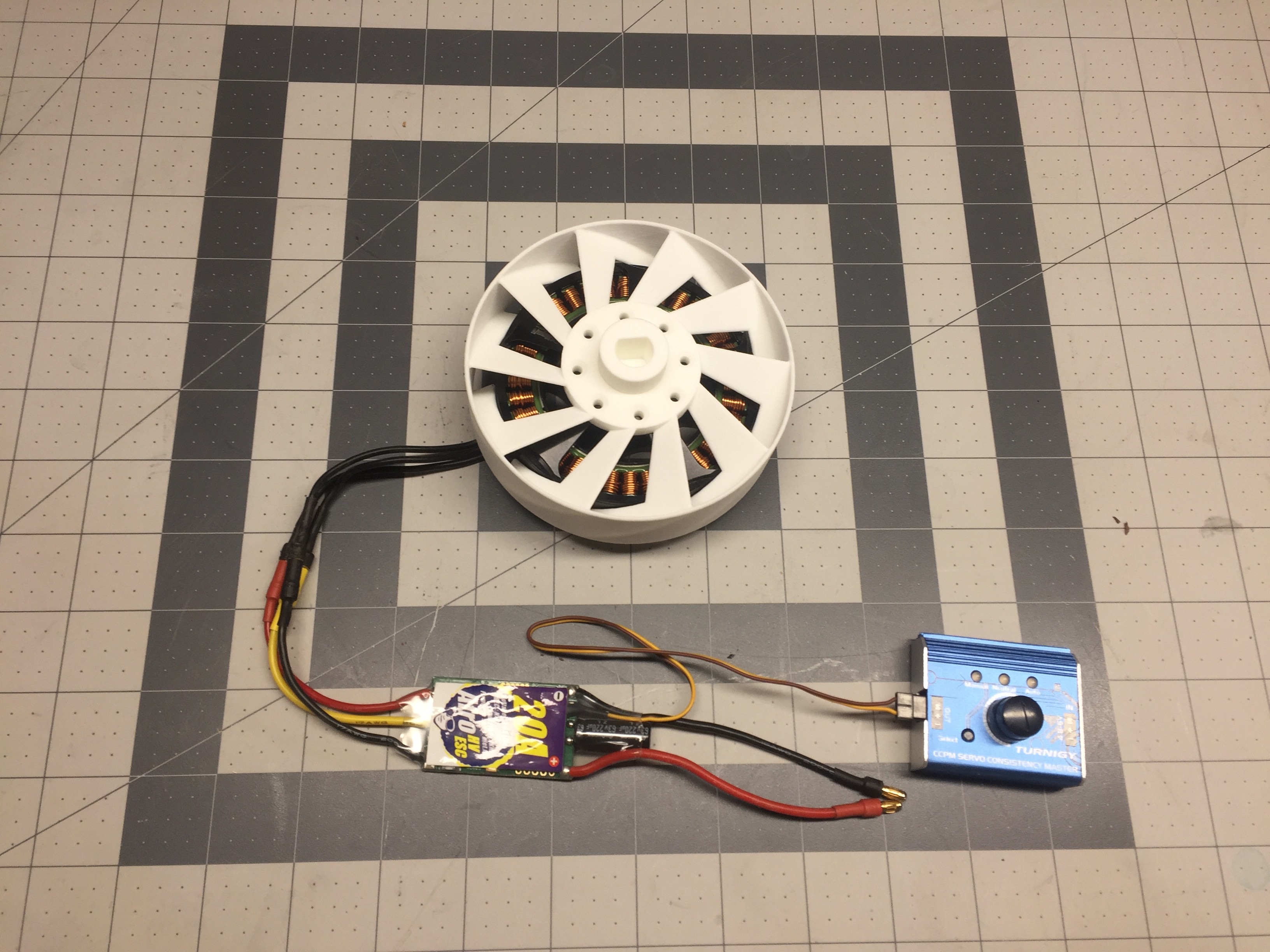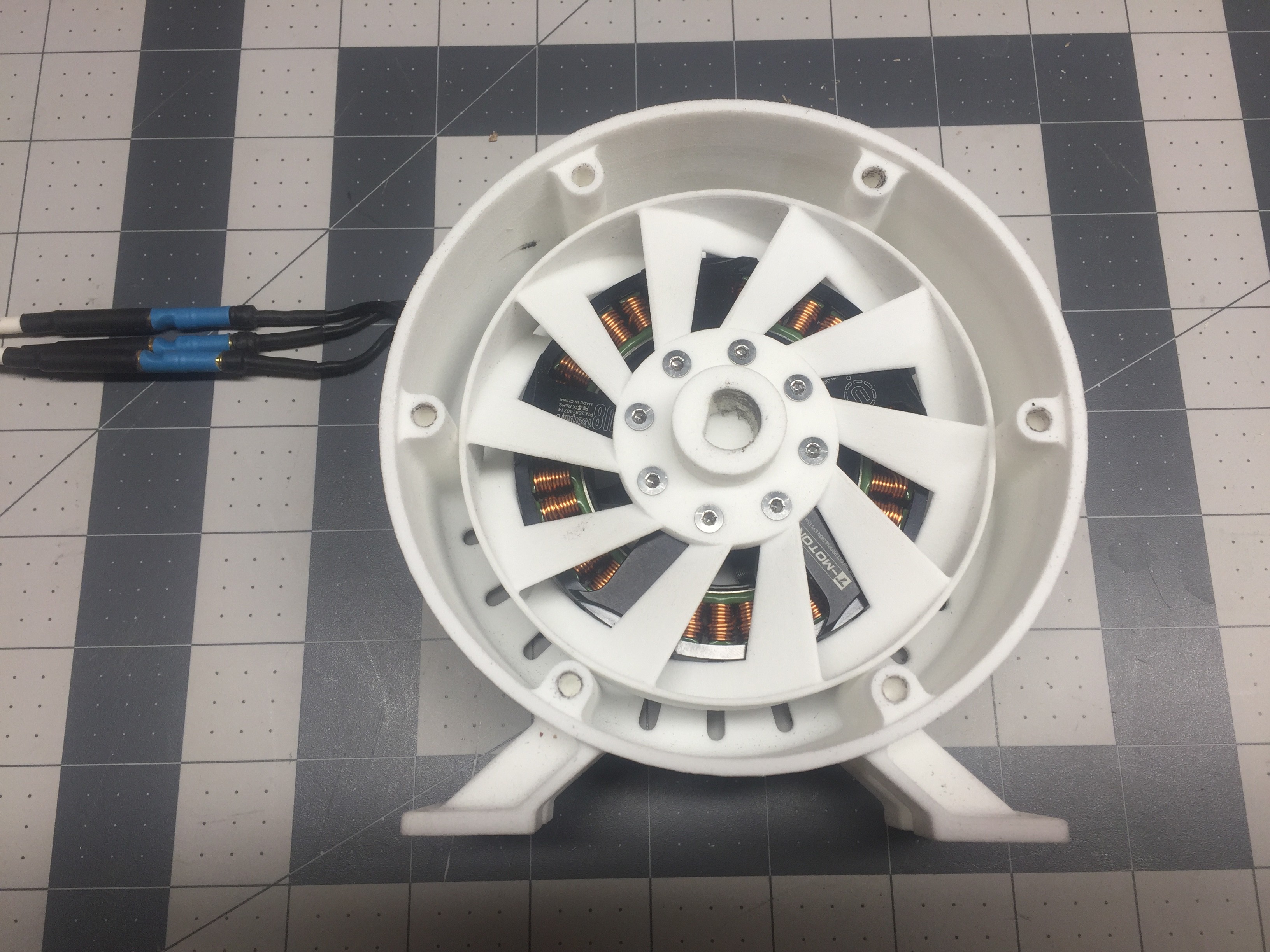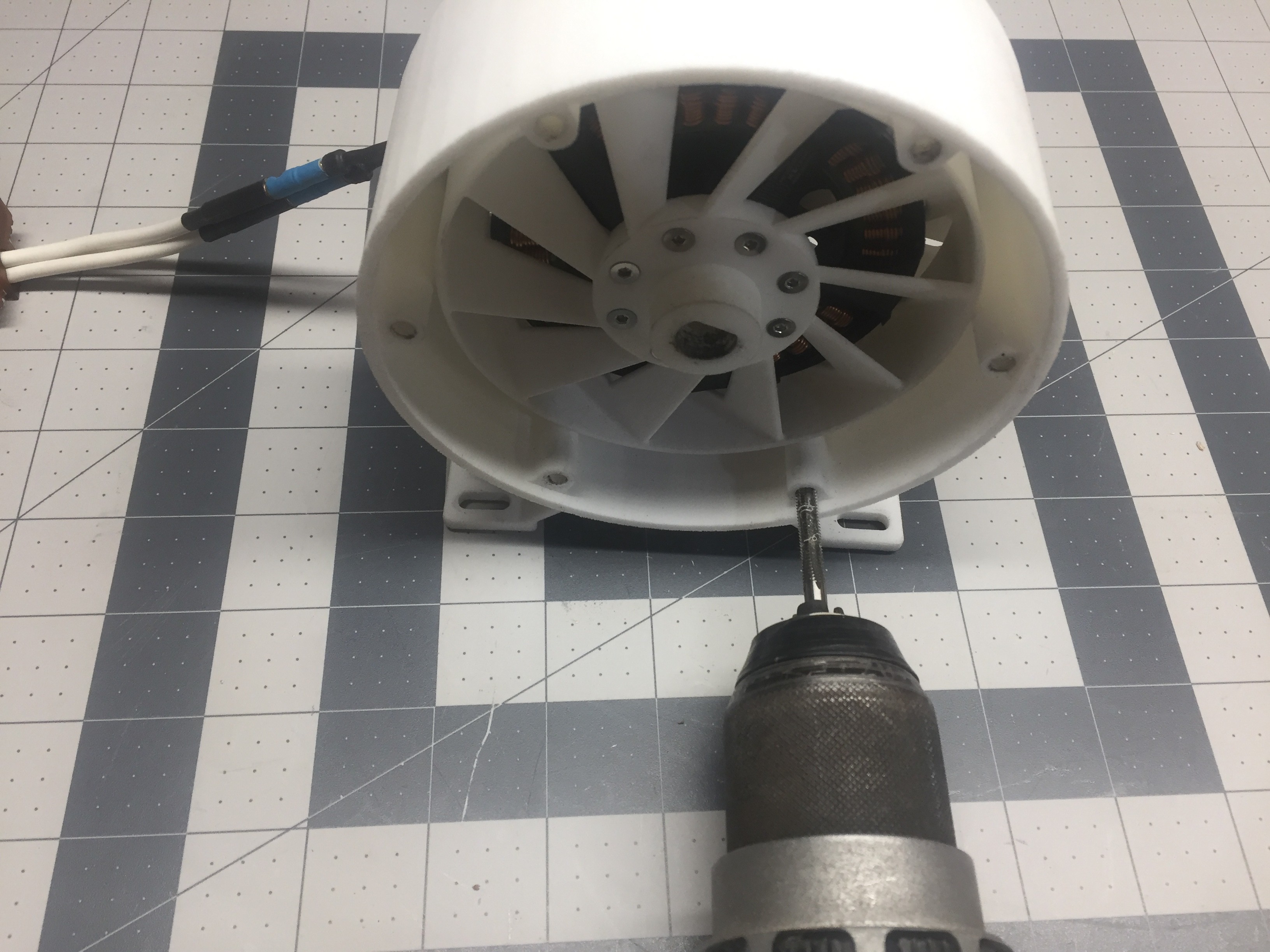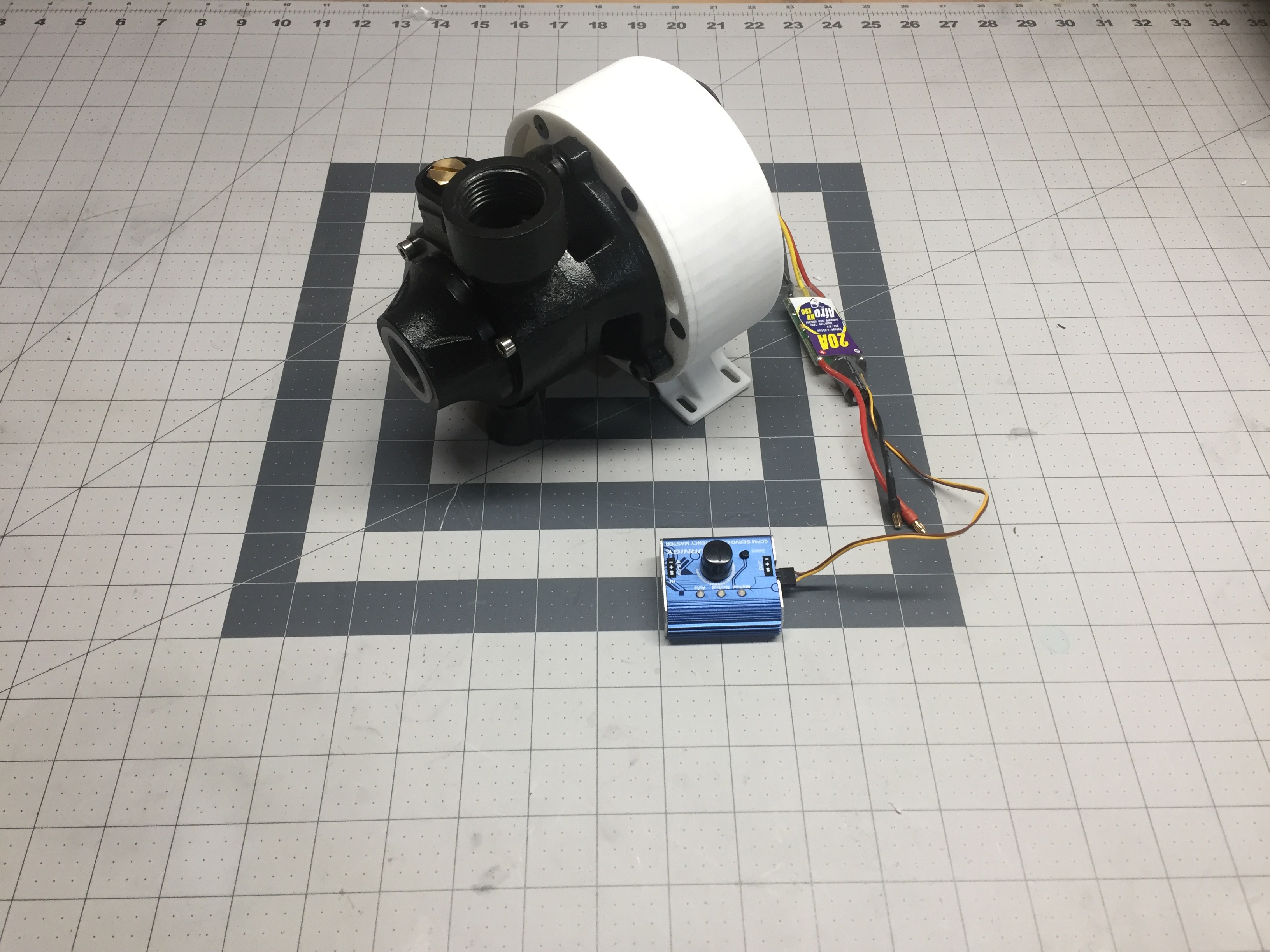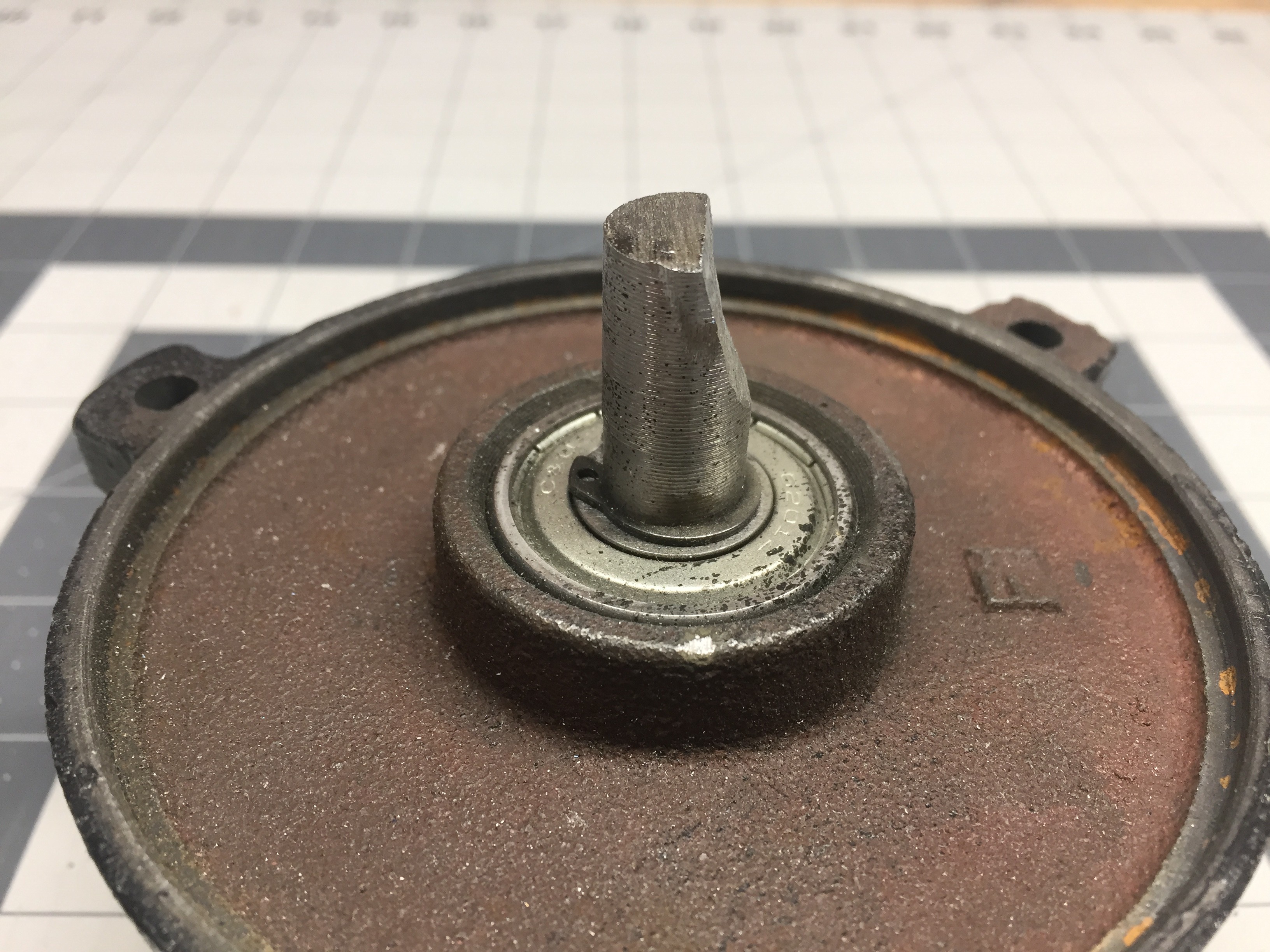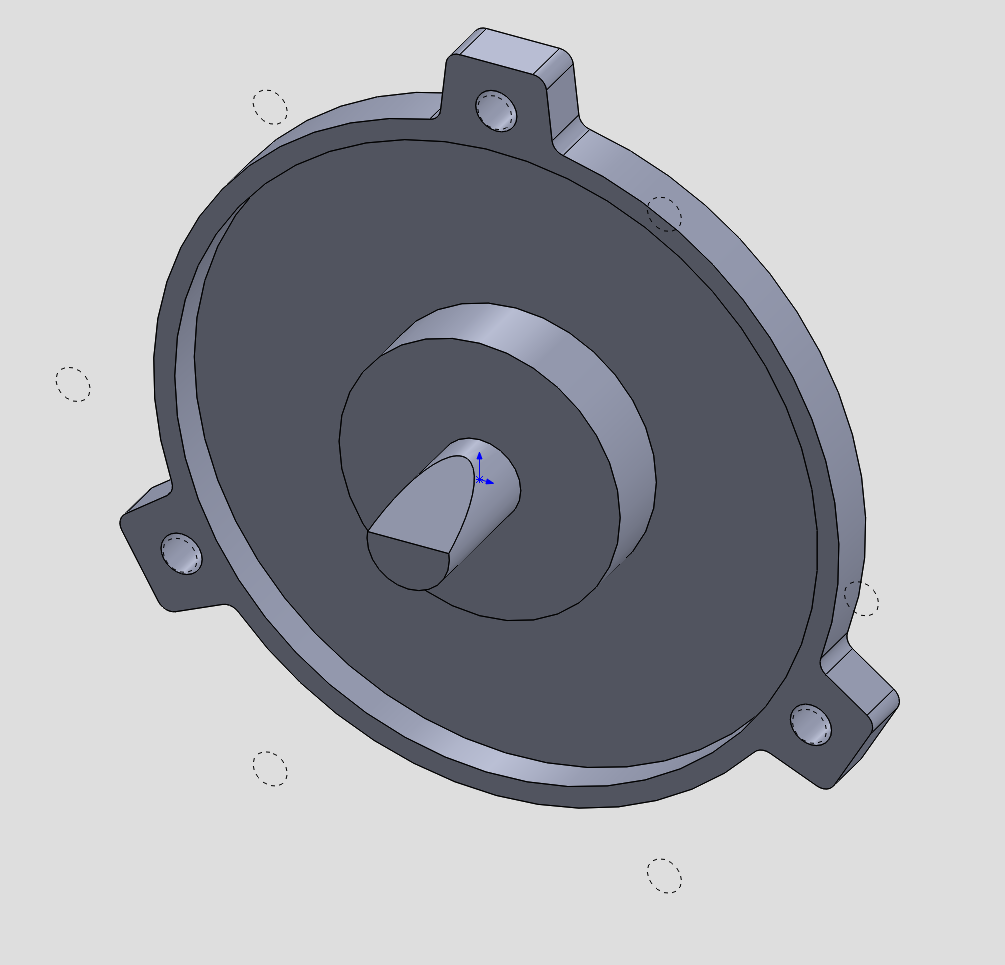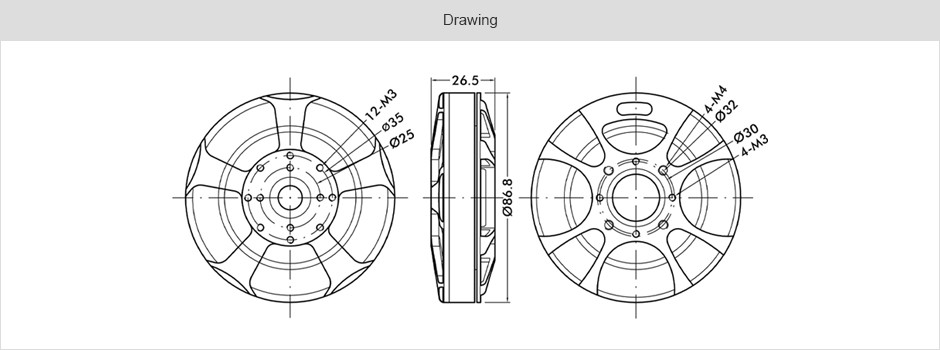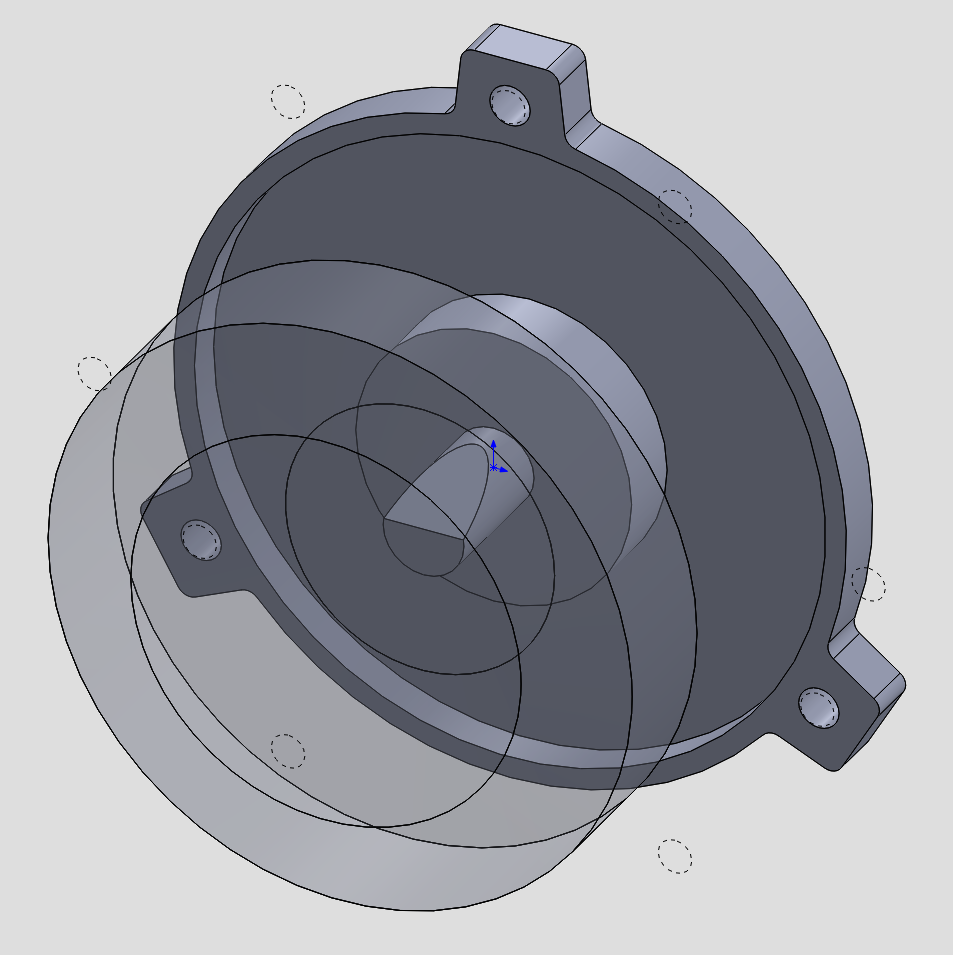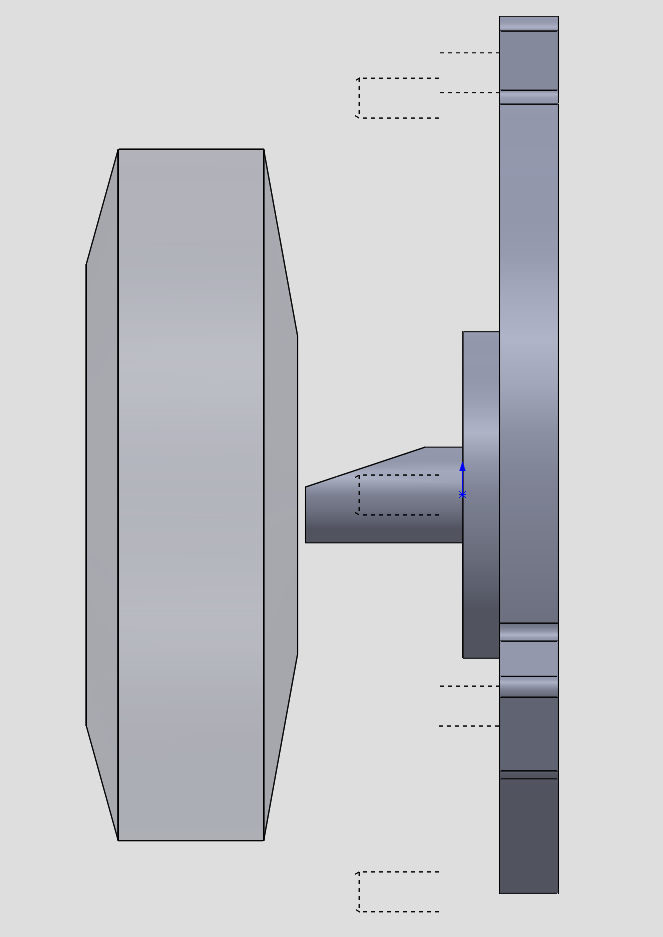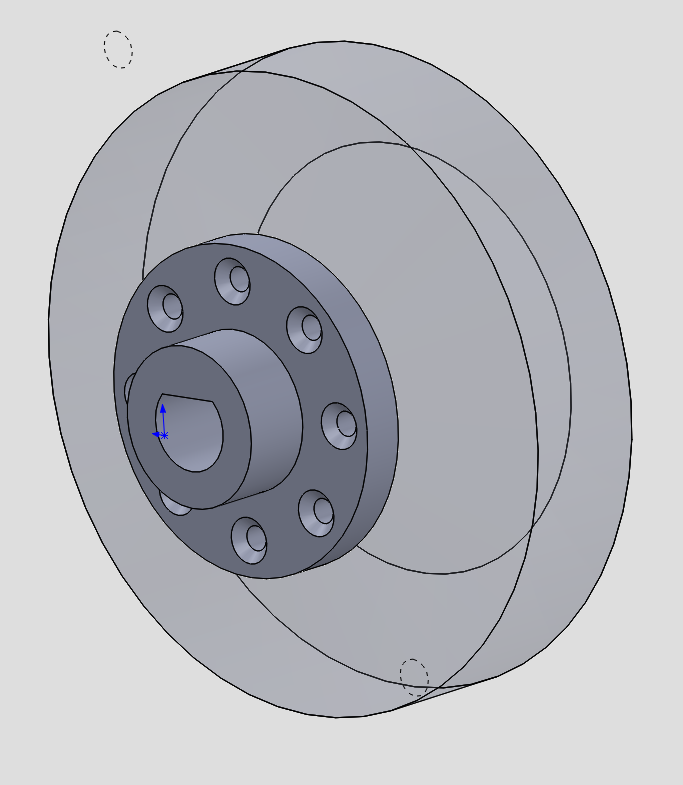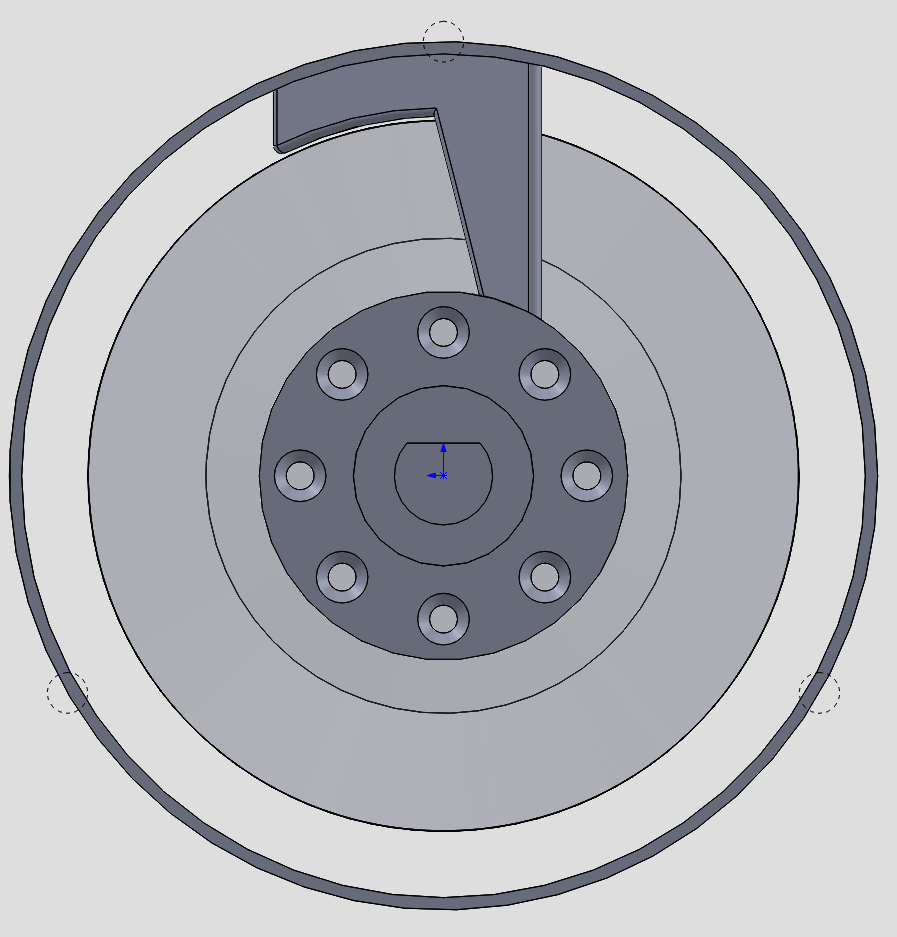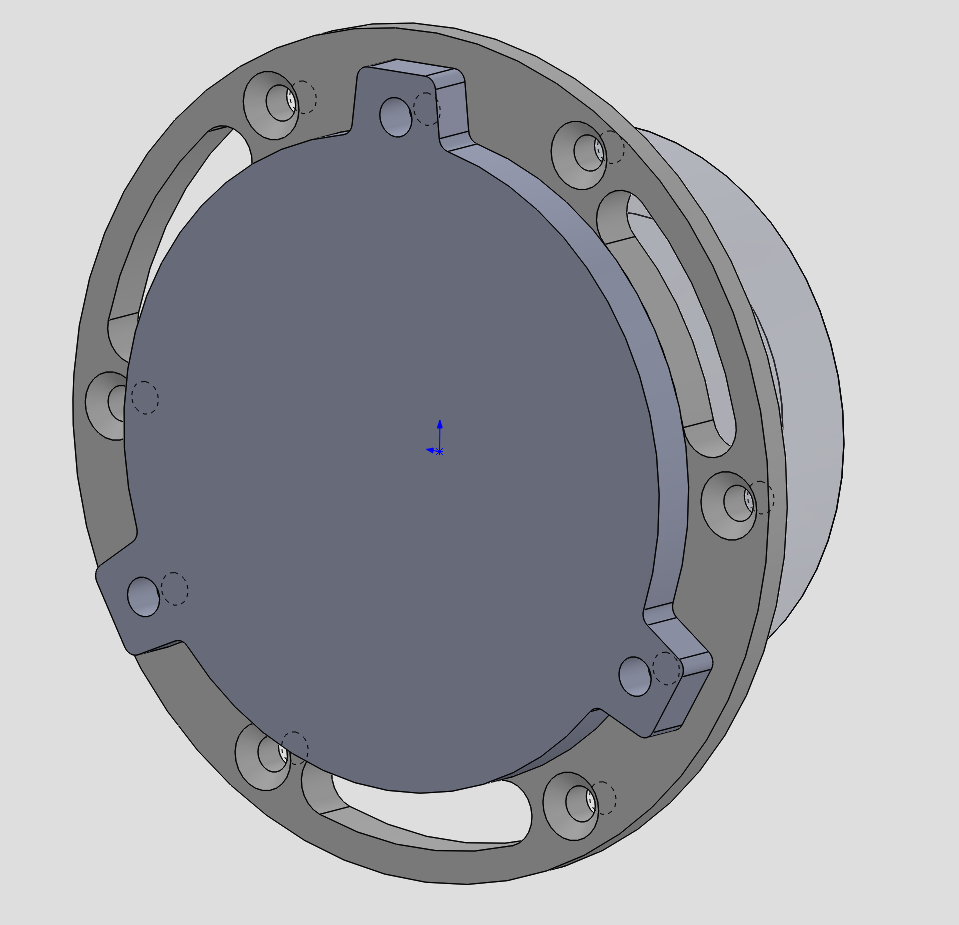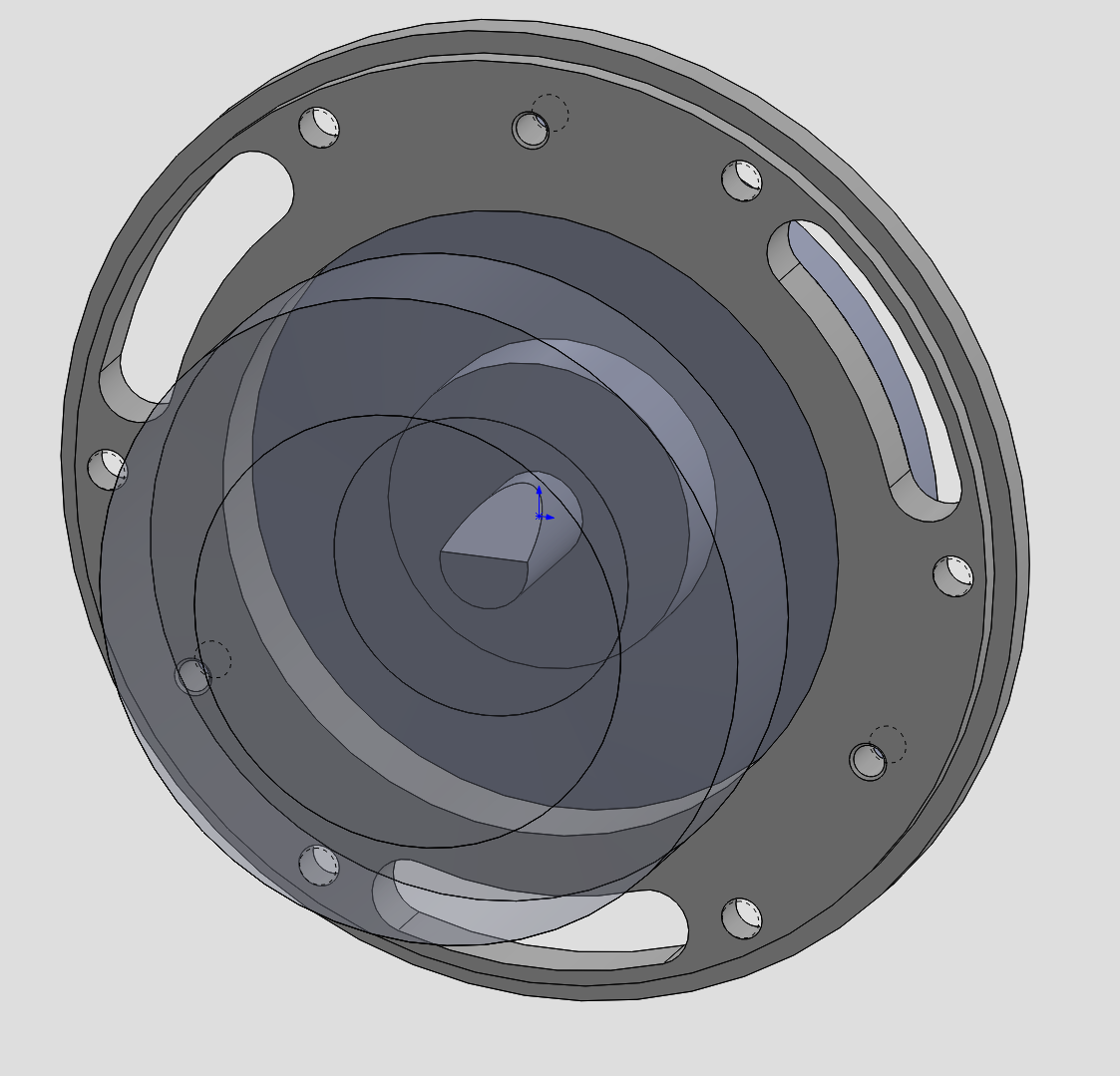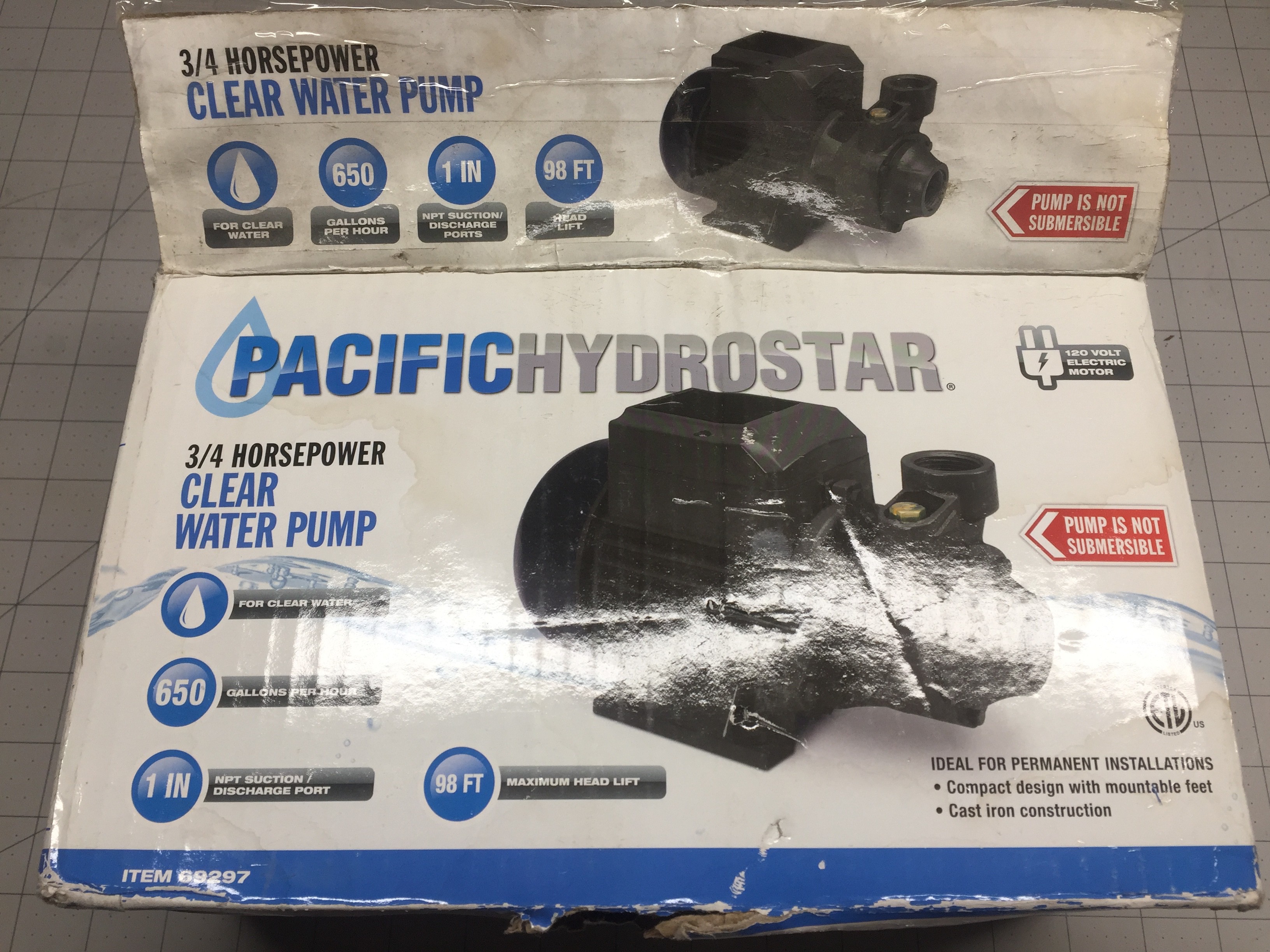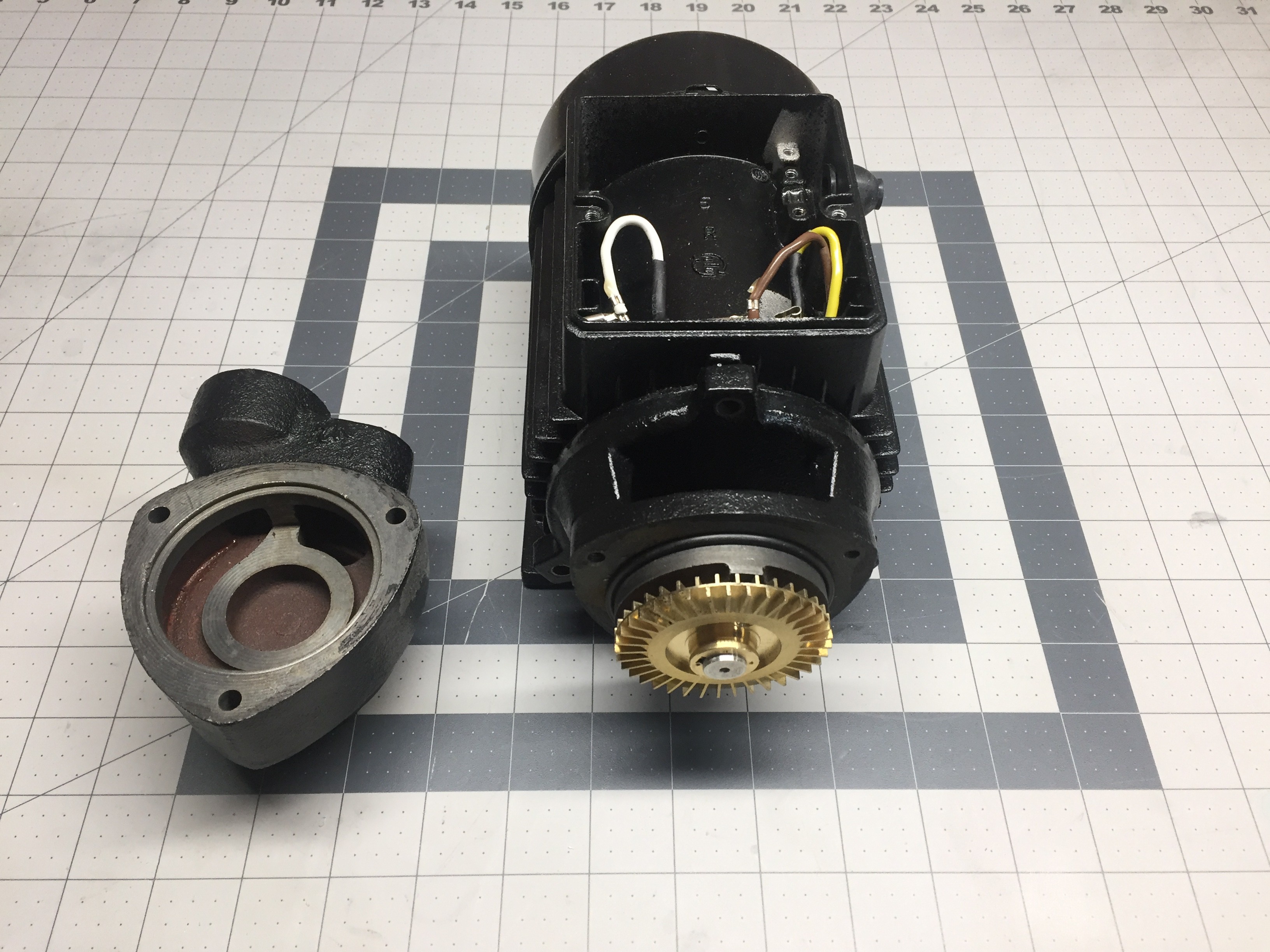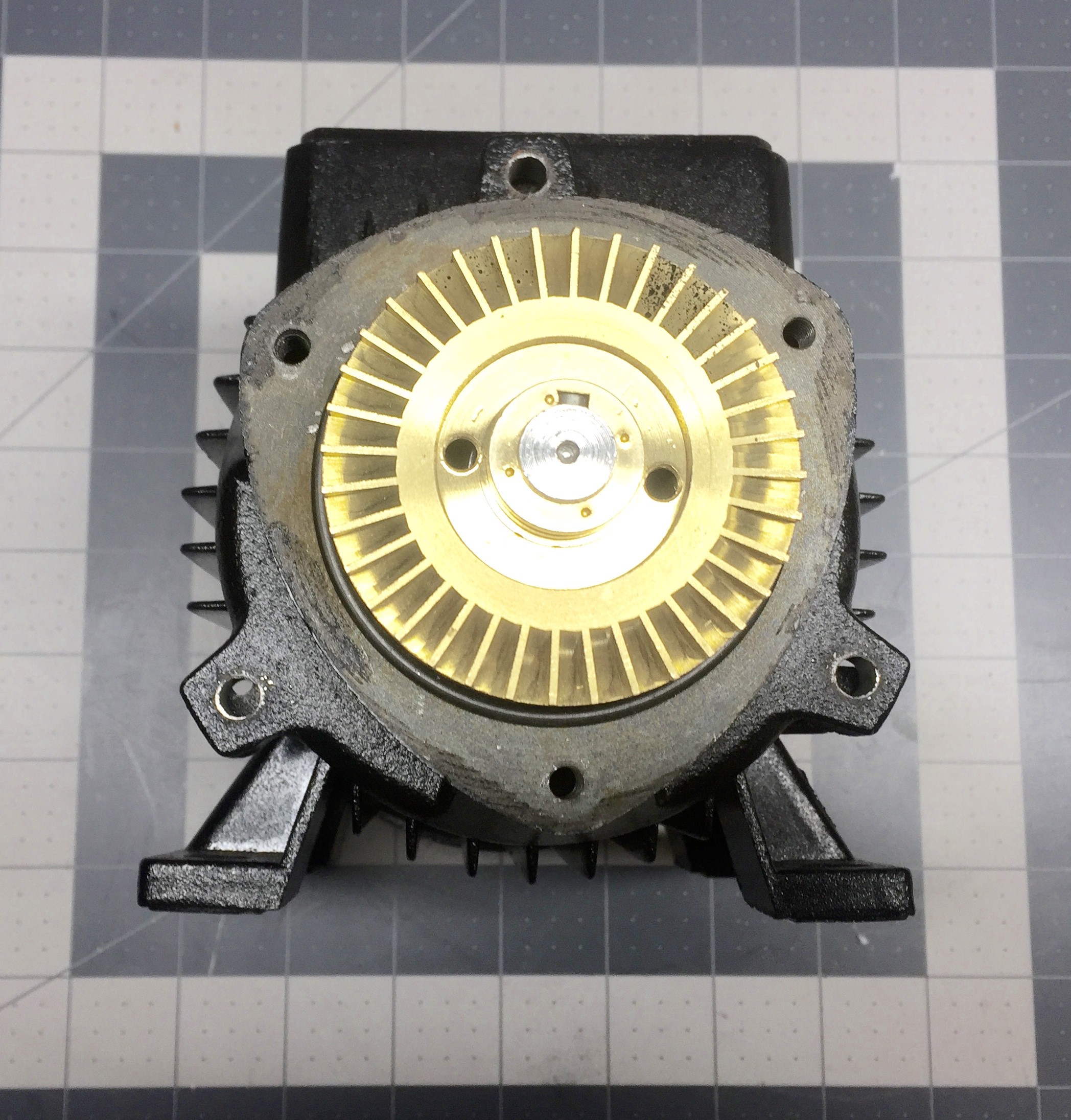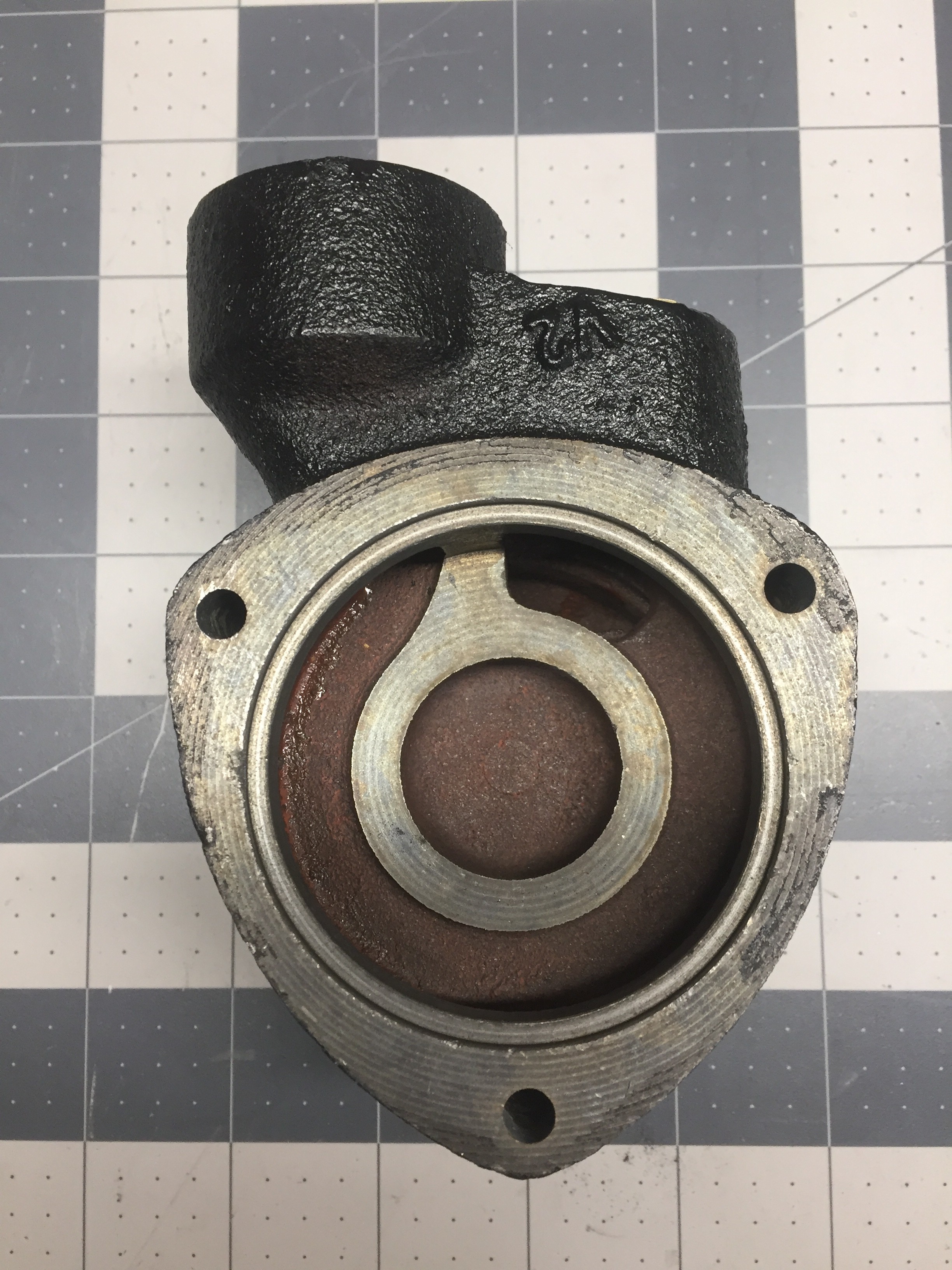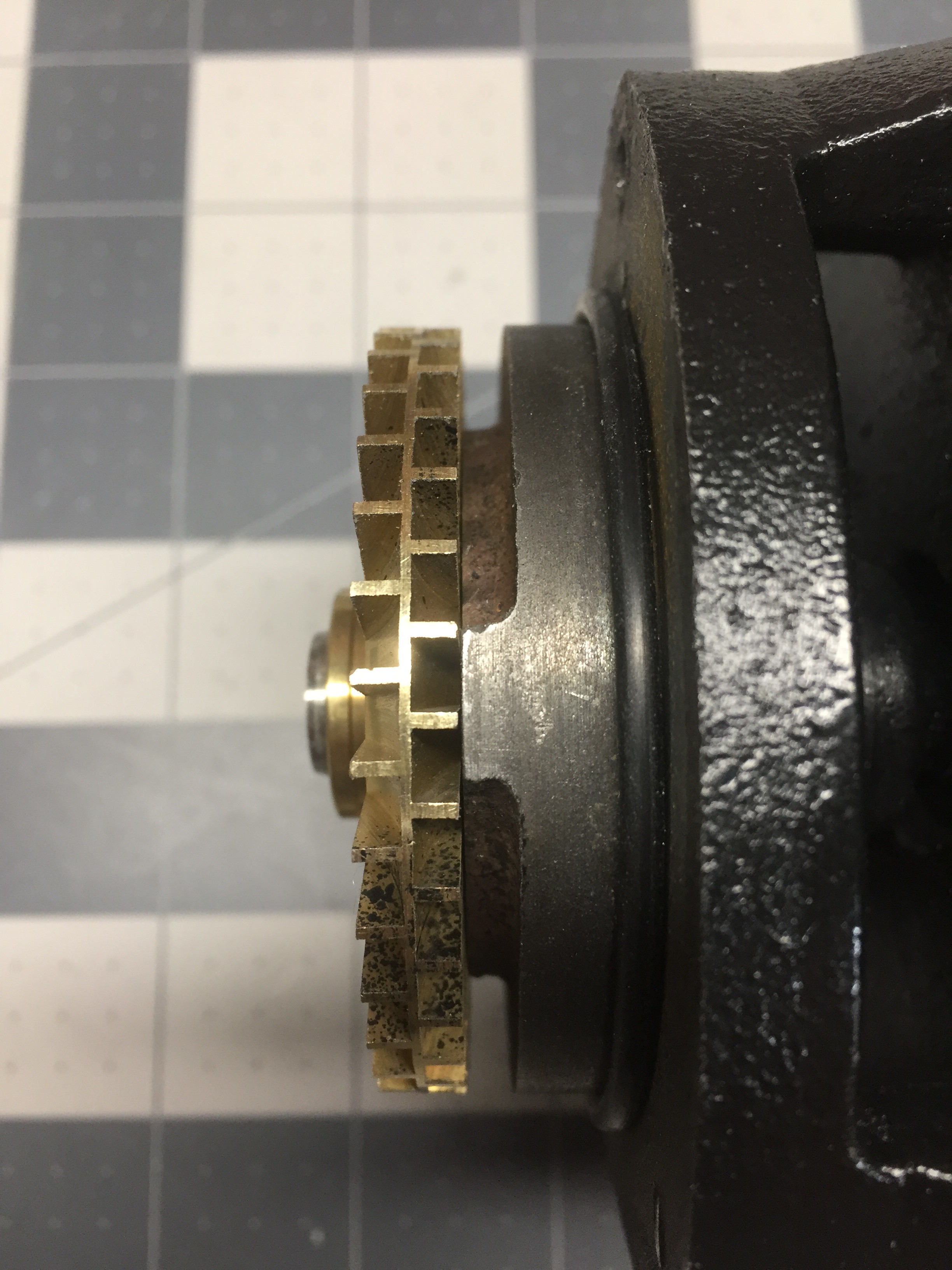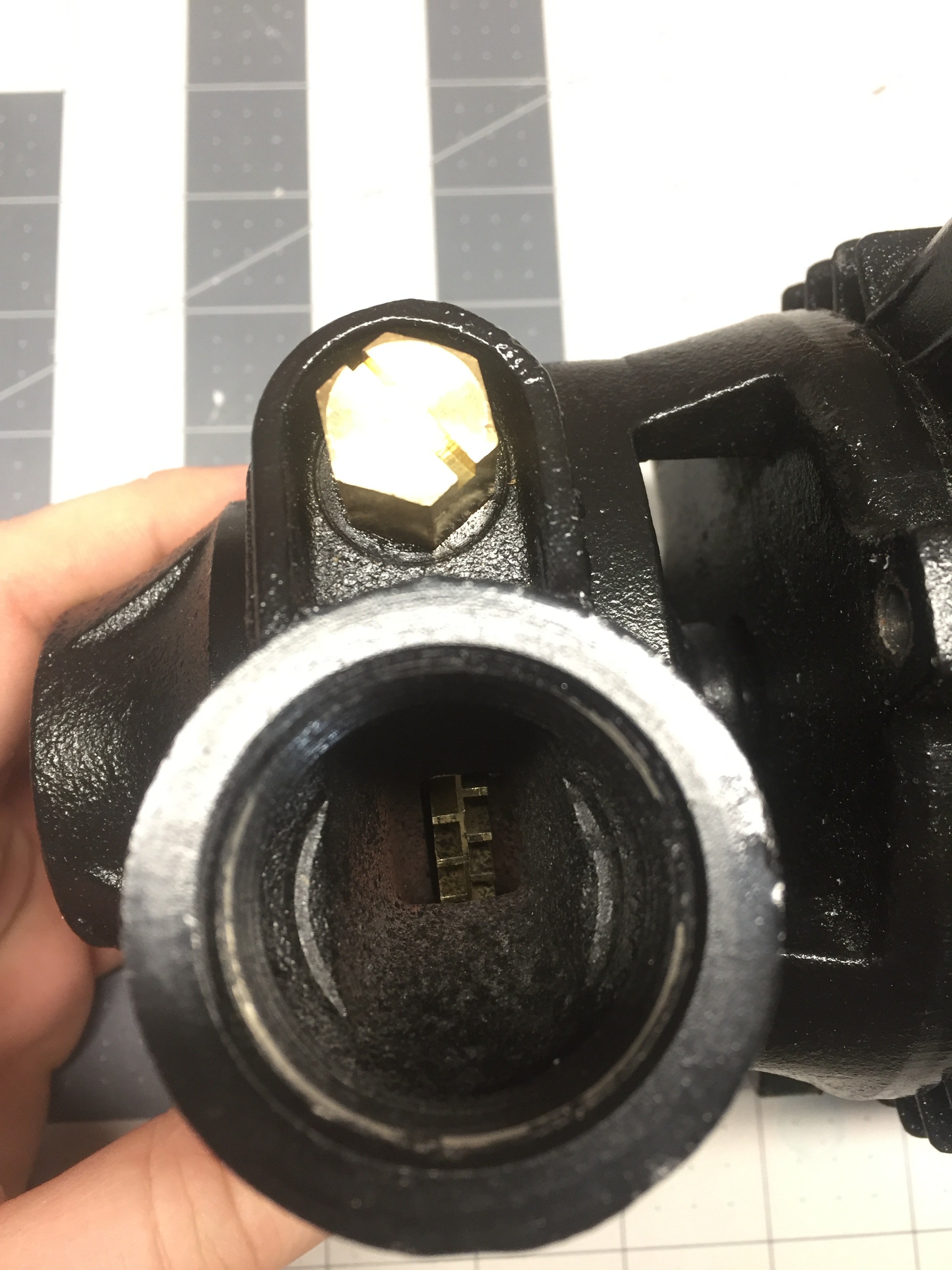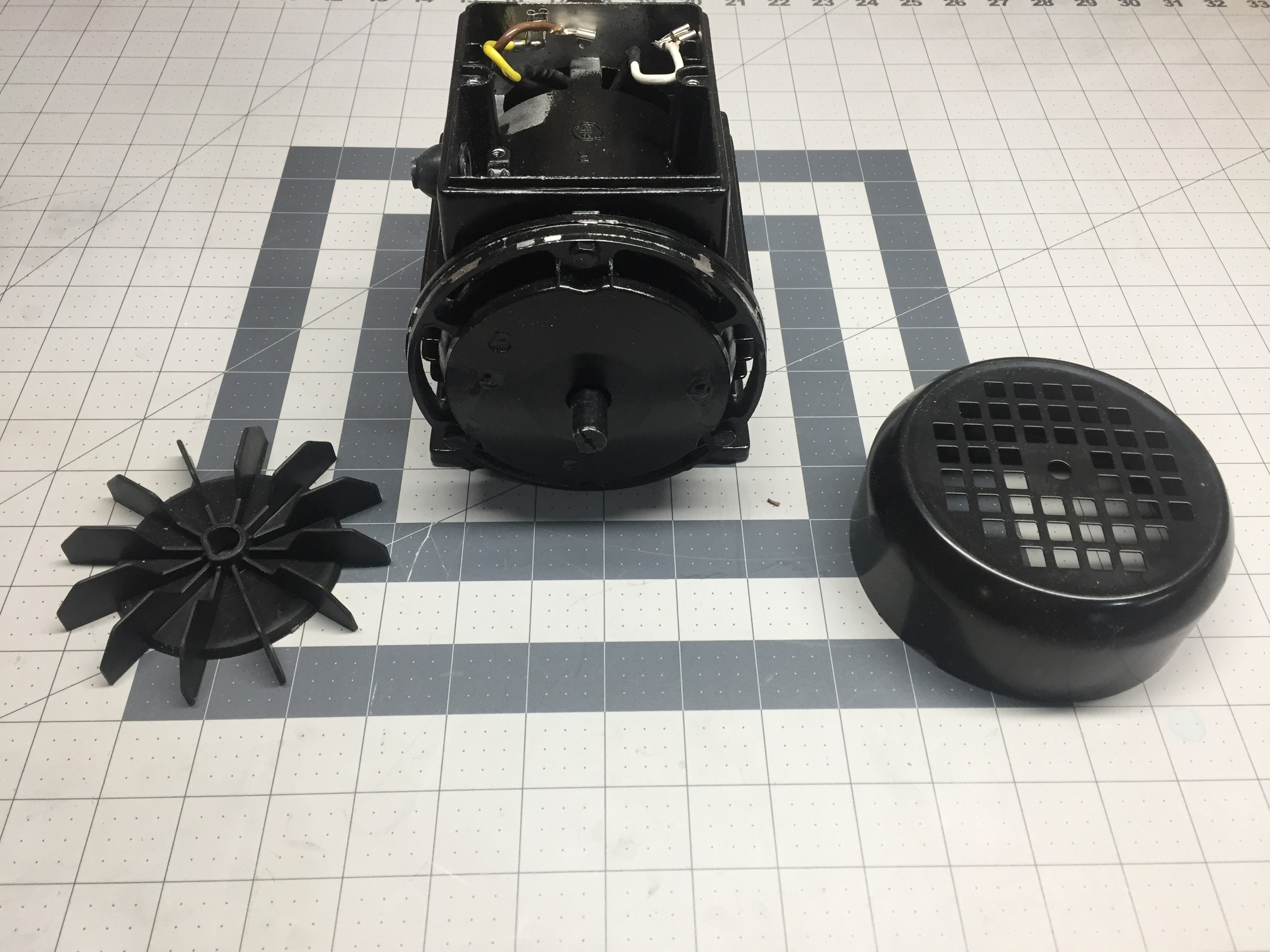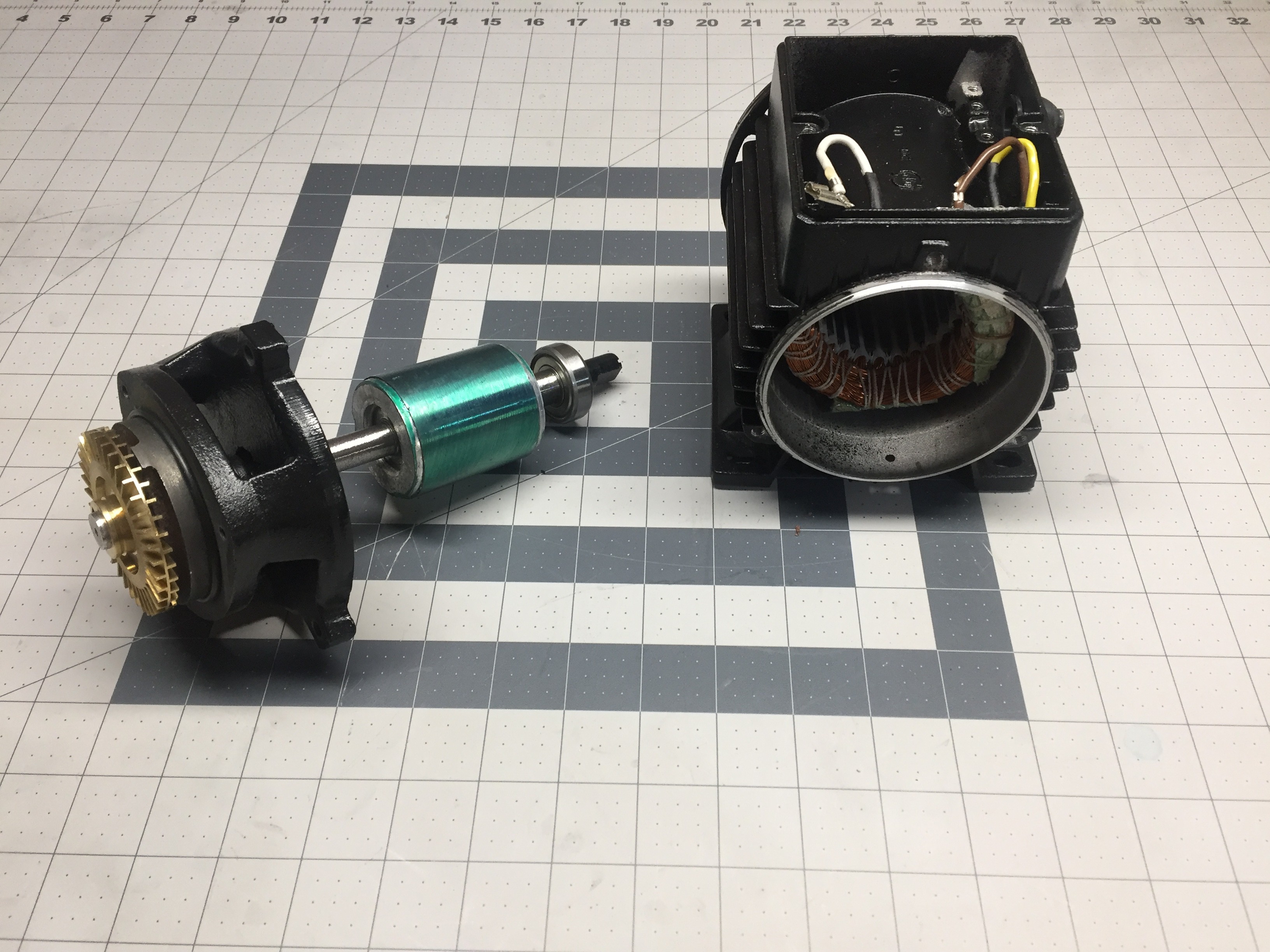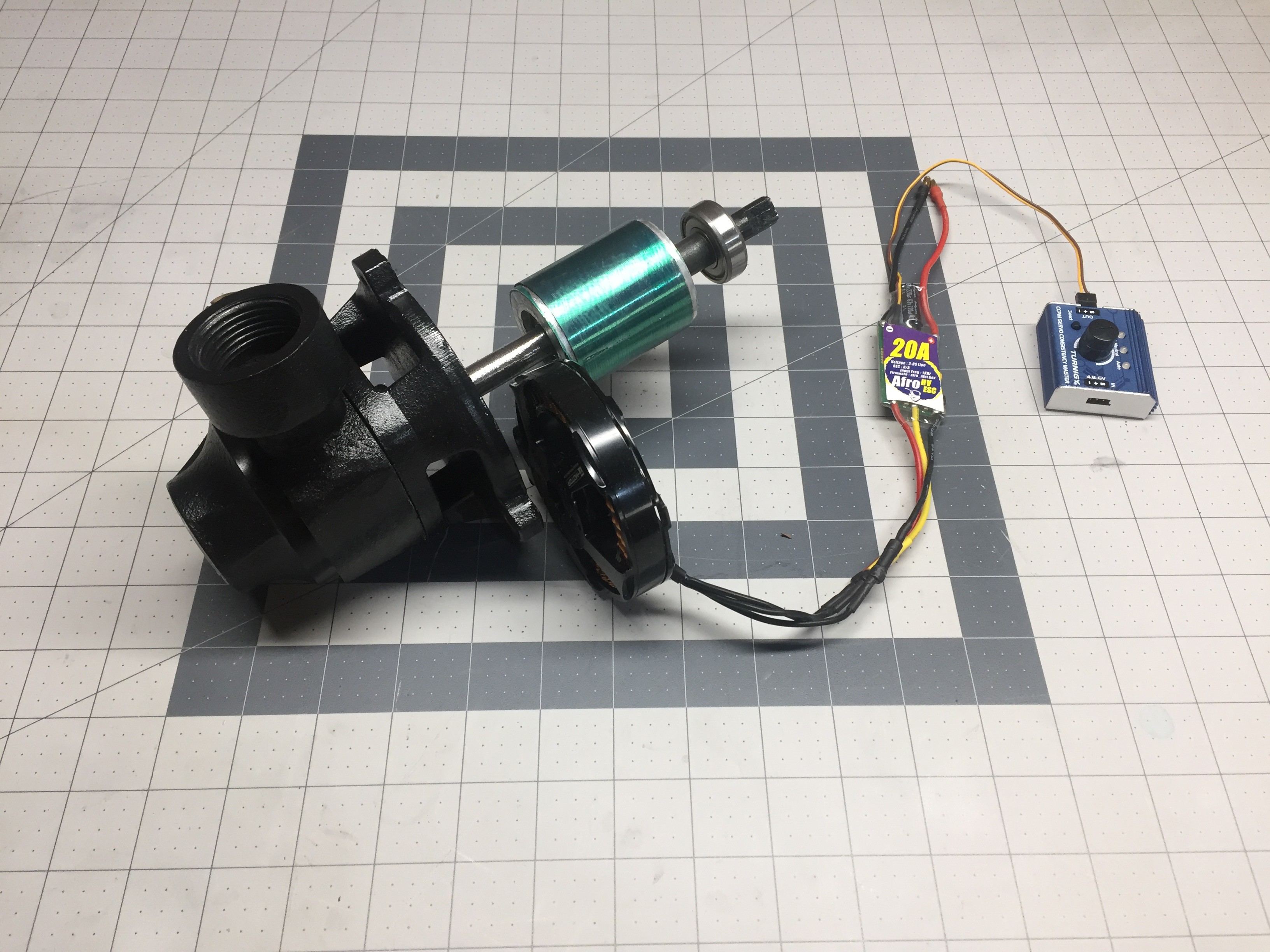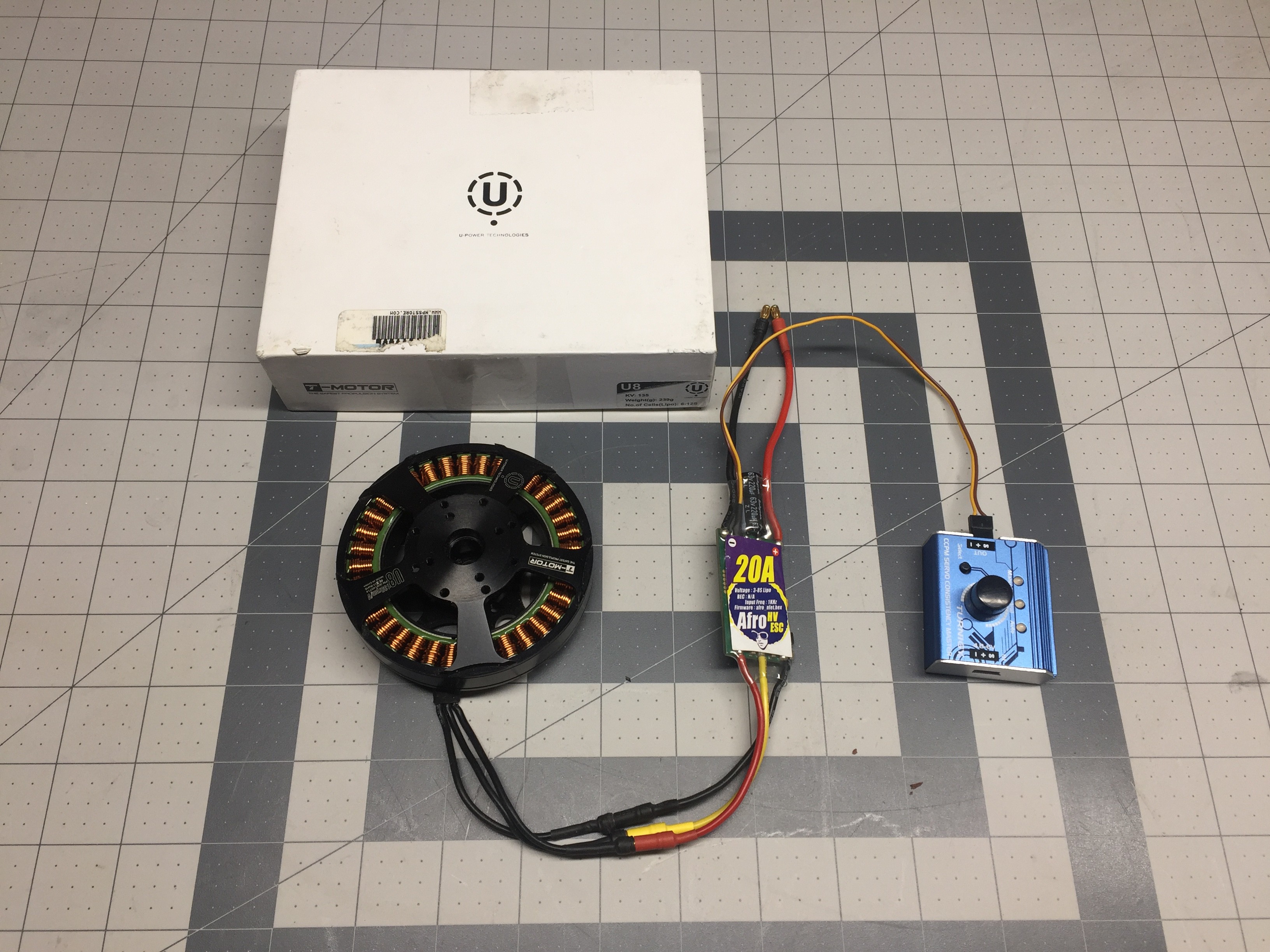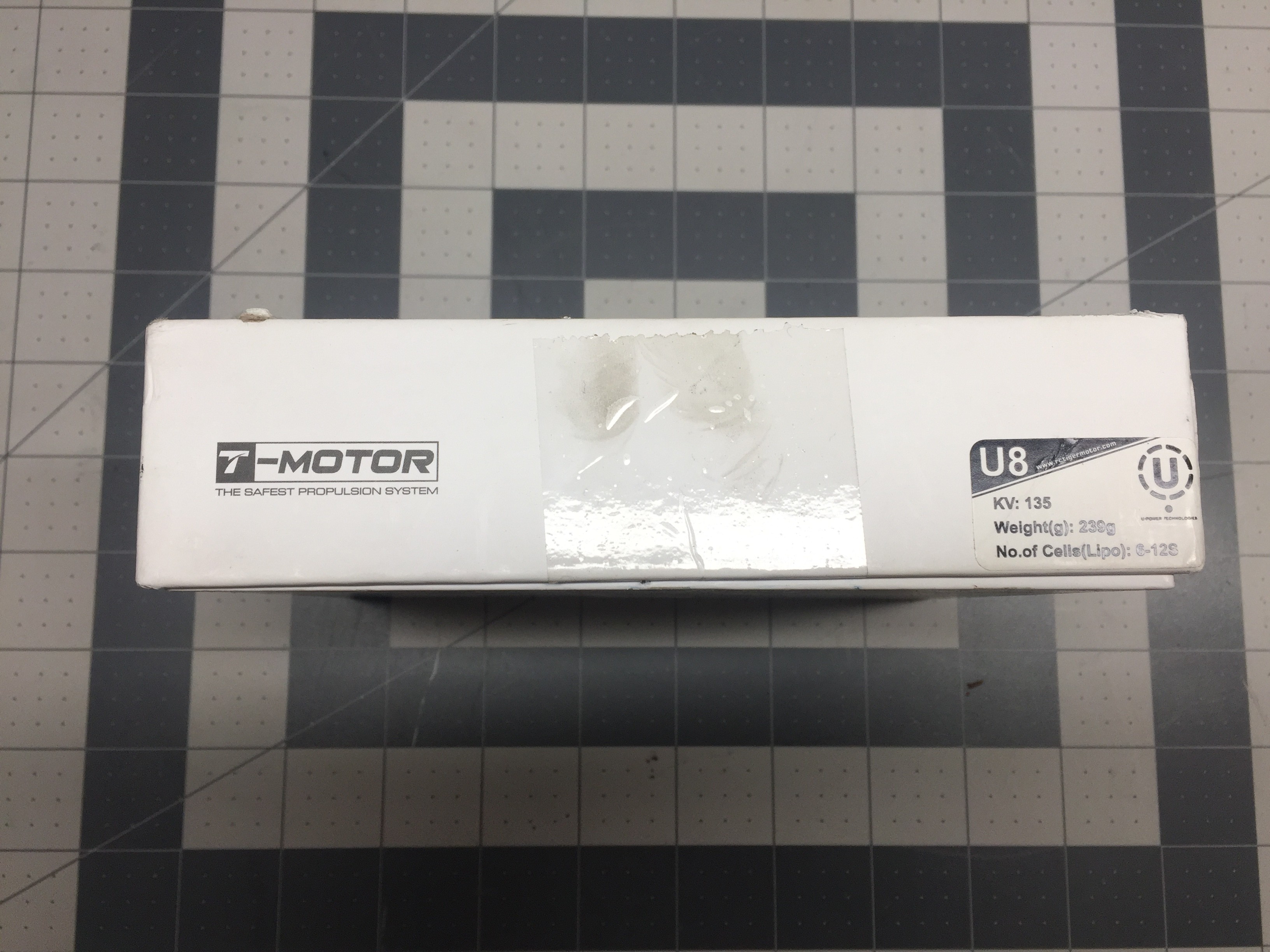So here's the deal.... I was in need of a variable speed pump for an upcoming project I am working on that produced about 600 - 800 gph of flow on the high end and about 100 to 200 gph on the low end.
Searching the usual corners of the internet yields some okay deals for your basic import Chinese pumps. Some had okay-ish reviews but it honestly looked like any decent variable speed pump was going to cost a decent chunk of money. - Plus just buying something isn't nearly as fun as building it!
The fundamental idea of this project is to end up with a variable speed pump using what I had on hand (excluding the 3D printed stuff of course).
In the end, I achieved my goal and since I already had the parts on hand I cannibalized from other projects the total cost to me was almost nothing.
For those of you who might want to do the same thing using the same parts I have.... Well, just go buy yourself a pump. The motor used in this project alone is the cost of a variable speed import pump. XD
 Andrew Mayhall
Andrew Mayhall